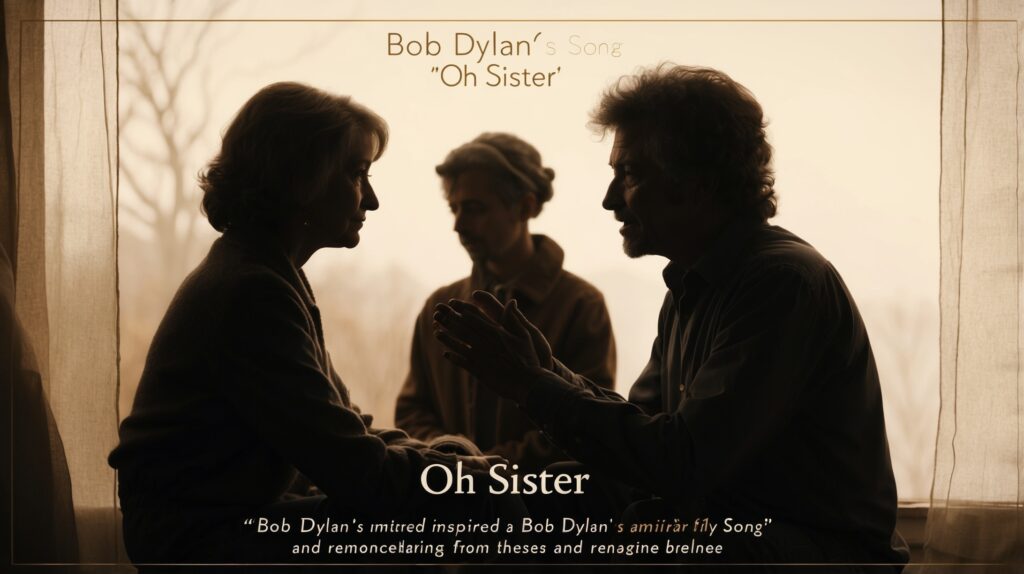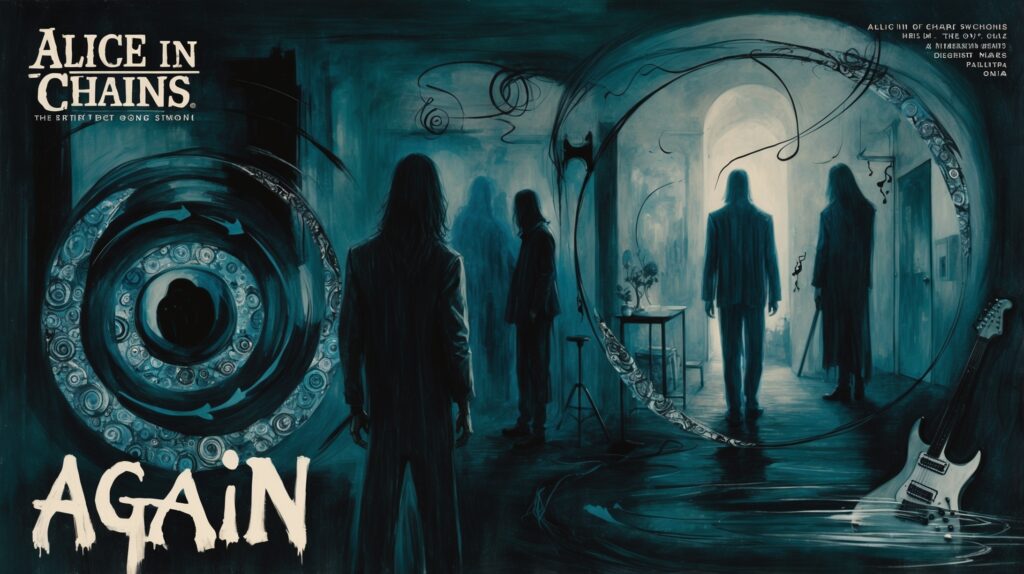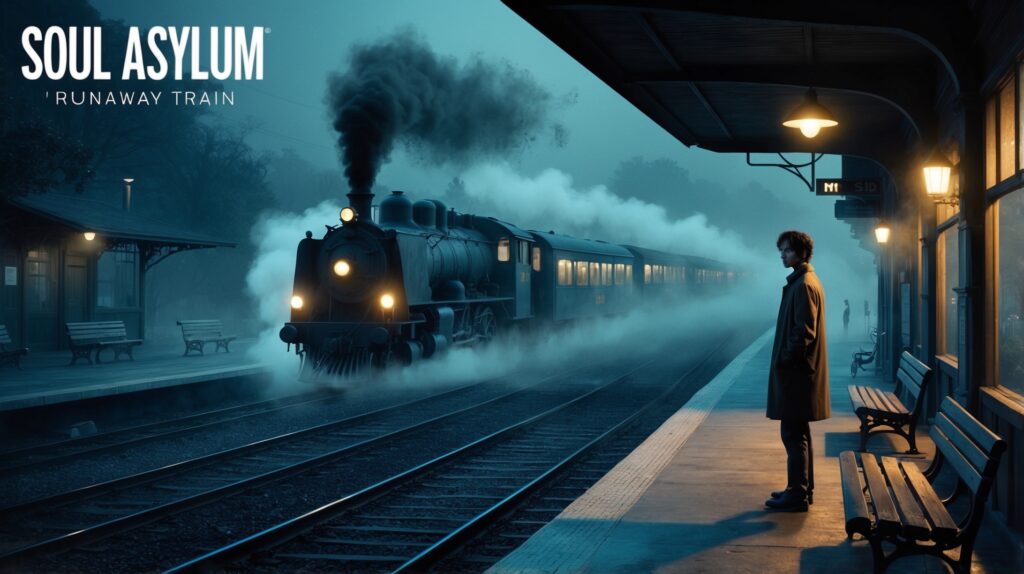Bob Dylan: A Lyrical Legend Behind ‘Oh Sister’
Explore Bob Dylan’s impact on music and the significance of his song ‘Oh Sister’, a testament to his lyrical genius during the transformative 1970s era.
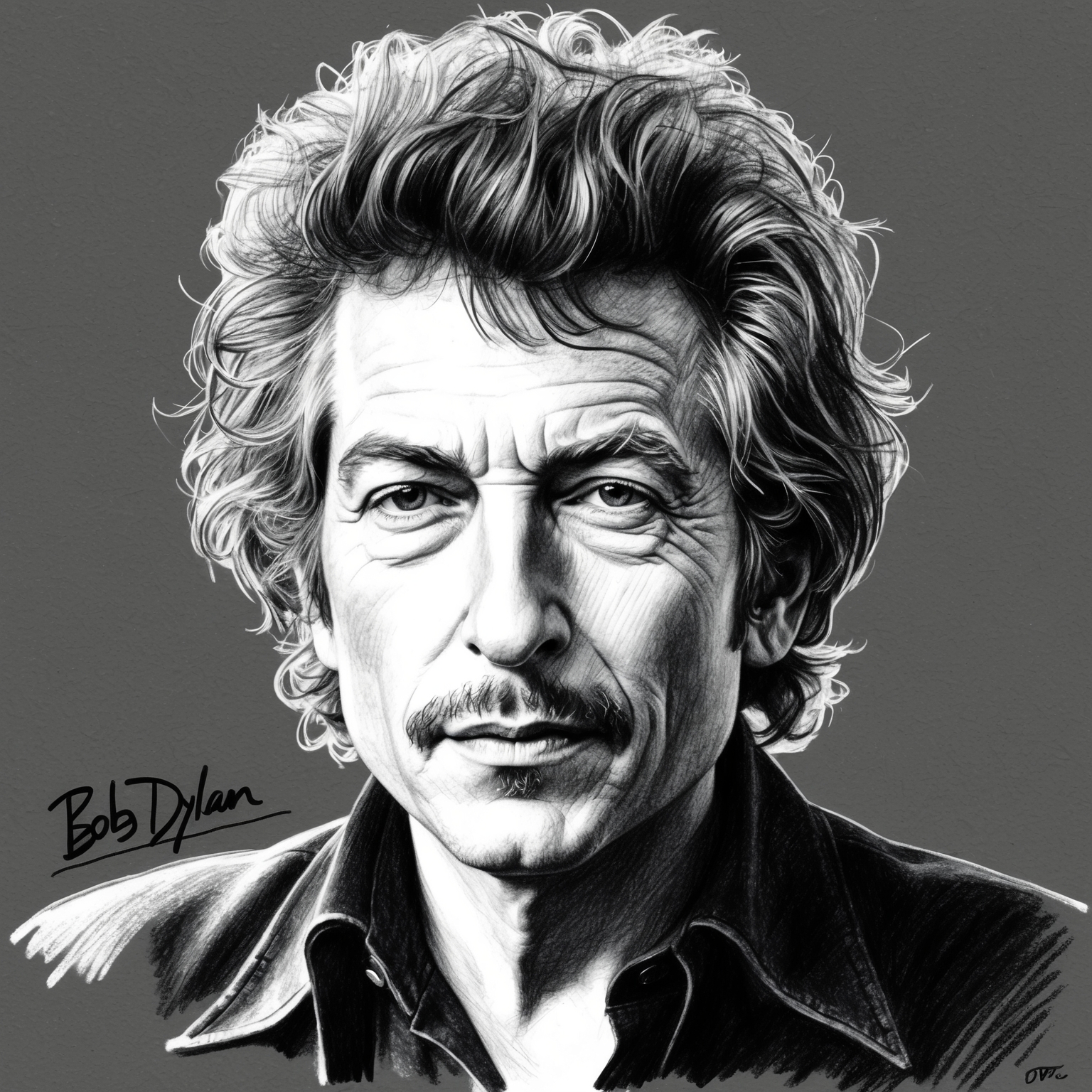
Bob Dylan, an iconic figure whose influence transcends generations, stands as a monumental force in the world of music. Renowned for his profound lyricism and innovative compositions, Dylan’s contributions have shaped the very fabric of modern songwriting. ‘Oh Sister,’ a hauntingly beautiful track, is a testament to Dylan’s unique ability to blend poetic depth with musical simplicity. Released during a pivotal period in his career, the song encapsulates the introspective and personal themes that define much of his work.
Dylan’s journey began in the humble town of Duluth, Minnesota. From early on, he was deeply inspired by folk music, eventually finding his own voice in the bustling New York City music scene of the early 1960s. His early works echoed the social and political upheavals of the time, cementing his status as the ‘voice of a generation.’ However, as the years progressed, Dylan’s style evolved, reflecting a more personal and introspective angle, as showcased in ‘Oh Sister.’ This song emerged during the mid-1970s, a period marked by both experimentation and a return to his folk roots.
The release of ‘Oh Sister’ came at a time when Dylan was collaborating with some of the era’s finest musicians, such as The Band. The mid-70s saw him exploring new sonic landscapes and embarking on creative partnerships that enriched his music even further. The song’s initial reception was mixed, as fans and critics alike were grappling with Dylan’s ever-evolving musical persona. Nonetheless, it ultimately gained recognition for its emotive resonance and lyrical subtlety, further establishing Dylan’s place as a master storyteller in the annals of music history.
The Creative Force Behind ‘Oh Sister’
Explore the impact of co-composer Jacques Levy’s theatrical background and collaboration with Bob Dylan, which brought a unique depth to the song ‘Oh Sister’.
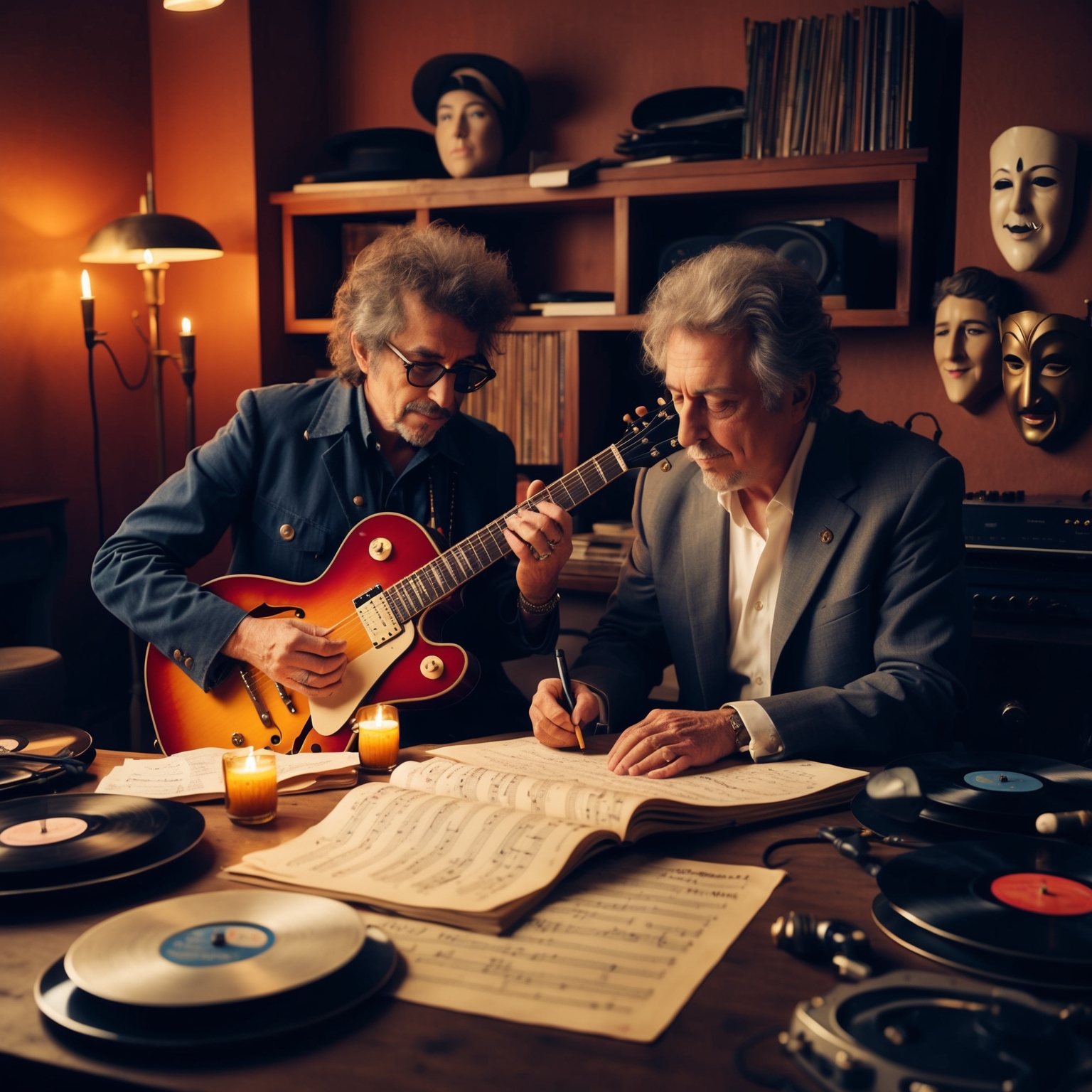
The song ‘Oh Sister’ by Bob Dylan wouldn’t be the masterpiece it is without the distinct touch of its composer. Bob Dylan himself, renowned for his profound influence on music and culture, co-composed this track with Jacques Levy, a partnership that brought a unique blend of storytelling and musical craft.
Jacques Levy, a name often associated with theatrical expertise, co-wrote ‘Oh Sister’ alongside Dylan. Levy’s background was diverse—he started his career in the world of psychology before transitioning to theater and eventually music. This unique path flavored his songwriting with vivid imagery and emotive depth, qualities that shine through in ‘Oh Sister’. Levy’s contributions to the arts were recognized well outside of his work with Dylan, with milestones in both Broadway and rock music.
The collaboration between Bob Dylan and Jacques Levy stands as a testament to how diverse influences can converge to create something timeless. Levy’s theatrical insight perfectly complemented Dylan’s storied lyrics and musical compositions. Together, they forged a brotherhood of storytelling that captivated audiences and critics alike.
The Celebrated Legacy of ‘Oh Sister’
Oh Sister’ by Bob Dylan hasn’t garnered formal awards, but its influence is unmistakable. Covered notably by The Waterboys and featured in various TV dramas, the song proves its timelessness and cultural relevance.
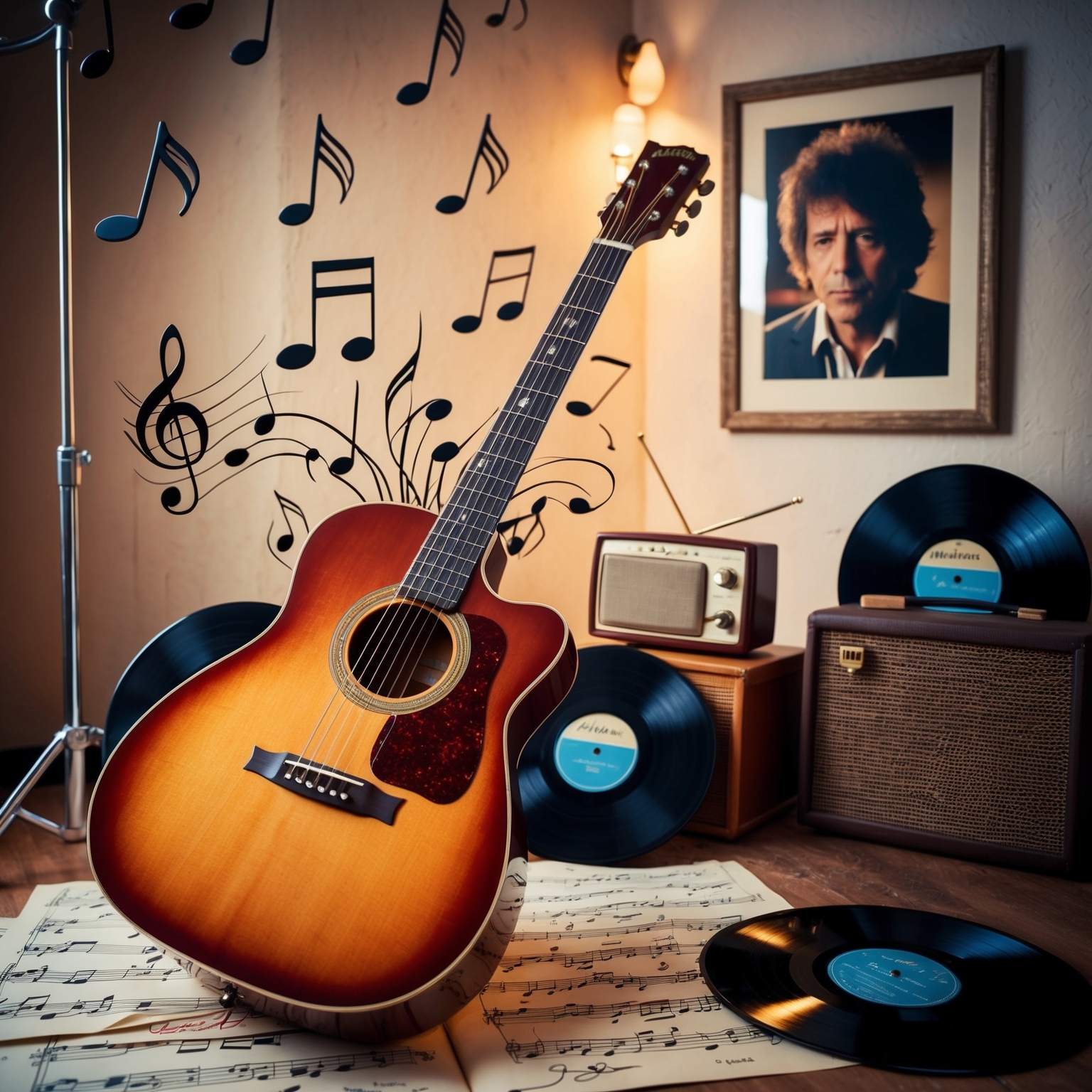
‘Oh Sister’ may not be the most awarded track in Bob Dylan’s extensive catalog, but it has certainly left a mark on the world of music. While the song hasn’t amassed a trophy cabinet of awards or nominations, its influence is undeniably significant. Released as part of the iconic 1976 album Desire, ‘Oh Sister’ has resonated with fans and artists alike, inspiring interpretations across different musical genres over the decades.
One of the most notable covers of ‘Oh Sister’ was performed by the band The Waterboys. Led by Mike Scott, The Waterboys are known for their vibrant blend of rock and folk influences. Their rendition of the song offers a fresh, yet respectful take on Dylan’s original composition, maintaining the song’s emotional depth while imprinting it with their own distinct sound. The Waterboys’ version is a testament to the enduring adaptability and appeal of Dylan’s songwriting.
The song has also found its place in media outside the traditional music realms. It added a specific mood when used in episodes of various television dramas, subtly enhancing the emotional threads of the storylines it accompanied. Though it might not be featured in major movie soundtracks or popular video games, its presence in TV has helped keep the song culturally relevant, introducing Dylan’s work to newer audiences.
Overall, ‘Oh Sister’ stands as a stirring example of Dylan’s lyrical genius and musical craftsmanship, earning well-deserved admiration rather than conventional accolades. Its presence in reinterpretations and visual media ensures the song remains an essential part of Dylan’s celebrated repertoire.
Chart Success and Cultural Resonance of ‘Oh Sister’
Explore the unique chart journey of Bob Dylan’s ‘Oh Sister’ and its significant cultural impact beyond traditional metrics.
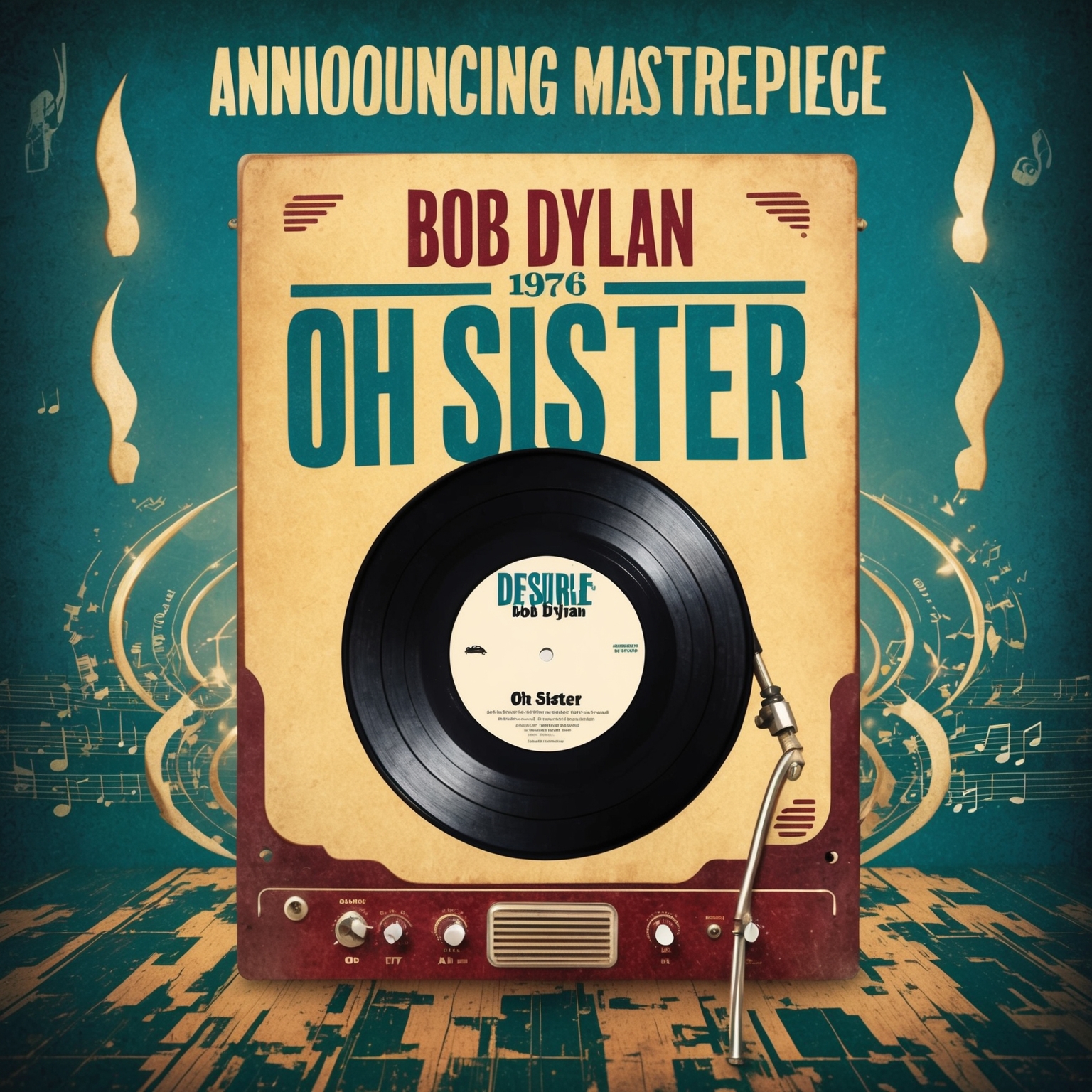 Desire album cover, surrounded by visual elements representing emotional depth and haunting melodies.’ />
Desire album cover, surrounded by visual elements representing emotional depth and haunting melodies.’ />
Bob Dylan’s ‘Oh Sister,’ released as part of the critically acclaimed 1976 album Desire, didn’t make a significant impact on the charts compared to some of his other more mainstream hits. Unlike ‘Hurricane’ or ‘Like a Rolling Stone,’ ‘Oh Sister’ did not reach the top echelons of the Billboard Hot 100. However, the song has held a special place in Dylan’s vast catalog, attracting a dedicated following thanks to its emotional depth and haunting melody.
In terms of chart performance, ‘Oh Sister’ didn’t enter the mainstream charts in a significant way upon its release. This might be due in part to the fact that it was not released as a standalone single, thus limiting its potential for radio play and commercial success. Comparatively, it operated well outside the competitive pop and rock markets dominated by emerging punk and disco influences at the time. Despite this, the song has experienced a resurgence on streaming platforms, benefiting from the attention brought to Dylan’s work by both long-time fans and new listeners.
The track’s long-term legacy is reflected in its omnipresence in live performances and fan appreciation. While initially overshadowed by other tracks on Desire, it has gained prestige and influence over the years, finding a firm footing through various covers by artists appreciating its lyrical richness. Fans continue to discuss it on social media and music forums, often applauding its poignant lyrics and soulful delivery. This song’s impact on Dylan’s career is not marked by chart-topping records but rather by its connection with listeners, transcending commercial metrics to become a cherished piece in the puzzle of his artistic narrative.
Exploring Visual Interpretations of ‘Oh Sister’
While ‘Oh Sister’ lacks an official music video, its charm is kept alive through fan interpretations and live performances that highlight its emotional essence.

Bob Dylan’s ‘Oh Sister’ does not have an official music video, which leaves fans to explore creative interpretations and live performances of this evocative song. Despite the lack of a traditional music video, ‘Oh Sister’ continues to resonate through various fan-made videos and live renditions. These fan videos often explore the song’s themes of familial ties and emotional complexity through their own narratives and visuals, ranging from heartfelt photo montages to introspective animations, each adding a new layer to the song’s emotional depth.
In terms of live performances, Dylan’s renditions of ‘Oh Sister’ have captivated audiences with their raw emotion and timeless qualities. Many performances are available on video-sharing platforms, providing a captivating glimpse into Dylan’s stage presence and musical prowess. Notably, his live rendition from the Rolling Thunder Revue in 1975 is often highlighted for its energetic yet soulful delivery. The visual simplicity of these performances allows the song’s lyrics and melody to take center stage, drawing listeners into its poignant narrative.
These fan-centric and live video experiences contribute greatly to the cultural footprint of ‘Oh Sister’. They not only preserve the song’s relevance over the decades but also invite new audiences to experience Dylan’s artistry. The diverse range of interpretations signifies the song’s universal appeal and enduring influence, showcasing how art can transcend its original form to inspire new artistic expressions.
Delving into the Structural Intricacies of ‘Oh Sister’
Oh Sister’ by Bob Dylan features a simple yet emotive musical structure, driven by acoustic guitar and harmonica. The song’s blend of folk instrumentation and haunting harmonies marks a mature phase in Dylan’s evolving musical journey.

In ‘Oh Sister,’ Bob Dylan crafts a mesmerizing piece with a nuanced musical structure that gives the song its eternal charm. The song is written in the key of C major, lending it a warm and inviting tone that complements Dylan’s emotive vocal delivery. Its chord structure is relatively simple, predominantly using basic chords such as C, F, and G7, which creates a folk-like and comforting atmosphere. The tempo of the track is steady and contemplative, allowing the listener to dwell on the lyrical depth without feeling rushed. This song maintains a steady pace, showcasing Dylan’s ability to convey emotion through simplicity.
Melodically, ‘Oh Sister’ features a blend of gentle acoustic guitar and harmonica, characteristic of Dylan’s folk roots. The melody flows seamlessly with the chords, ensuring each word is given due emphasis. Harmonically, the song is enriched by the backing vocals, which provide a haunting and soulful harmony that complements Dylan’s lead vocals. Rhythmically, the use of a simple 4/4 time signature allows the lyrics to be the focal point of the song, subtly supported by the understated instrumental arrangement.
Instrumentation in ‘Oh Sister’ includes Dylan’s signature acoustic guitar, harmonica, and soft percussion, painting a sonic landscape typical of the folky influences prevalent in Dylan’s mid-70s work. The presence of instruments like the mandolin adds an authentic rustic texture to the track. When placed in the broader context of Dylan’s discography, ‘Oh Sister’ marks a continued exploration of personal themes with a return to acoustic simplicity seen in earlier works such as ‘The Times They Are a-Changin’.’ Yet, it also reflects the evolved, polished production style of the mid-1970s, creating a synthesis between raw emotion and professional refinement. This song stands out for its blend of heartfelt lyricism with traditional folk instrumentation, signifying Dylan’s maturation as an artist. An interesting fact is that the song was produced by Bob Dylan alongside Jacques Levy, and recorded at Columbia Studio E in New York, where Dylan achieved many other timeless classics. Anecdotes from the recording session hint at Dylan’s keen attention to vocal harmonies, ensuring they struck the right emotional chord.
Delving Into the Complexities of ‘Oh Sister’: Themes, Emotion, and Nuance
Explore the intricate layers within Bob Dylan’s ‘Oh Sister’ as we unravel its themes of familial bonds, emotional storytelling, and poetic mastery. Dive deep into this timeless song’s narratives and cultural resonance.
You should not treat me like a stranger
Our father would not like the way that you act
And you must realize the danger
Oh, sister, am I not a brother to you
…
******* This Lyrics is NOT for Commercial use *******
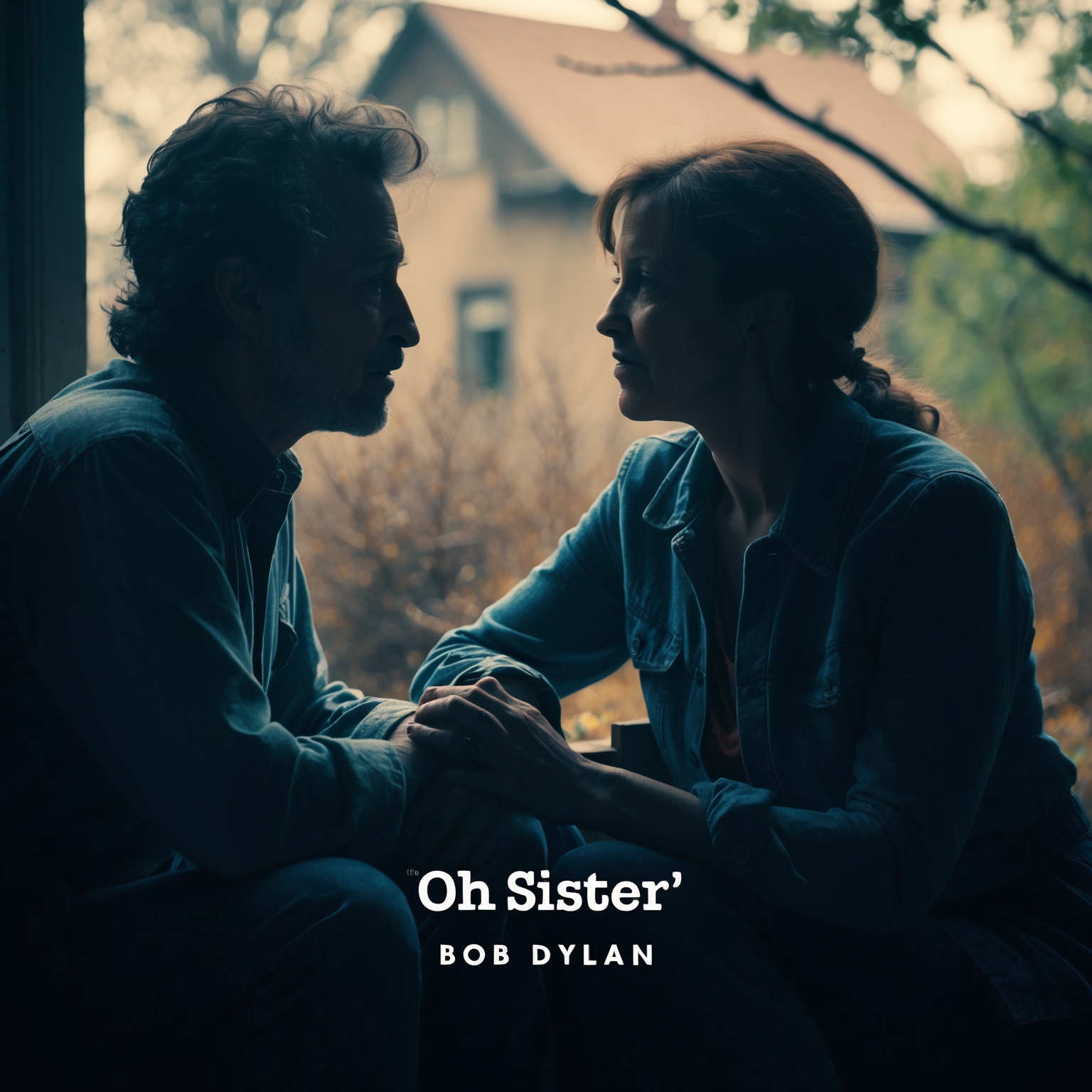 Bob Dylan’s song “Oh Sister” from the album “Desire” presents a tapestry of intimate and emotional themes that have long captured the imaginations of his listeners. The lyrics open a dialogue between two characters bound by familial ties, creating a sense of personal and emotional depth. **Lyrical Themes and Messages**: At its heart, “Oh Sister” delves into themes of familial bonds, regret, and reconciliation. Dylan’s lines convey longing and a plea for understanding against a backdrop of familial obligations and shared histories. This personal tone resonates deeply, reflecting the human desire for connection and the complexity of familial relationships. The way he addresses the sister in the song points to a nuanced interplay between love and disapproval, with an overarching theme of salvation and enlightenment.
Bob Dylan’s song “Oh Sister” from the album “Desire” presents a tapestry of intimate and emotional themes that have long captured the imaginations of his listeners. The lyrics open a dialogue between two characters bound by familial ties, creating a sense of personal and emotional depth. **Lyrical Themes and Messages**: At its heart, “Oh Sister” delves into themes of familial bonds, regret, and reconciliation. Dylan’s lines convey longing and a plea for understanding against a backdrop of familial obligations and shared histories. This personal tone resonates deeply, reflecting the human desire for connection and the complexity of familial relationships. The way he addresses the sister in the song points to a nuanced interplay between love and disapproval, with an overarching theme of salvation and enlightenment.
**Narrative and Storytelling**: Dylan employs a first-person narrative style, inviting listeners into an intimate conversation. The choice of this perspective adds immediacy to the song, drawing us into the narrator’s world. As the song unfolds, there’s an emotional crescendo where the narrator implores understanding, indicating a history fraught with misunderstanding. This story, though not explicitly detailed, gives room for interpretation, allowing listeners to project their own familial experiences onto it.
**Use of Literary Devices**: The lyrics in “Oh Sister” are replete with poetic elements such as metaphors and allegorical allusions. Dylan’s skillful use of these devices enhances the song’s emotional potency, painting vivid imagery in the listener’s mind. For instance, the line “when I come to lie in your arms” evokes not just physical closeness but a deeper emotional and spiritual union. This layered use of language underscores Dylan’s masterful storytelling, allowing multiple interpretations of the simple yet profound message.
**Cultural and Social References**: While the lyrics are deeply personal, they echo a broader cultural narrative of the 1970s when familial roles and societal expectations were evolving. This cultural backdrop enriches the song’s relatability, allowing it to serve as a mirror reflecting societal changes at the time. Moreover, references to familial expectations and religious undertones imbue the lyrics with a timeless quality that engages listeners from diverse backgrounds.
**Emotional Impact and Relatability**: “Oh Sister” strikes a chord with its audience, evoking emotions ranging from melancholy to hope. The underlying message of seeking understanding and mending broken familial ties is a universal feeling that listeners from any era can relate to. Dylan’s poignant delivery adds emotional depth, making this personal plea feel both authentic and accessible. This emotional relatability is a major reason why the song continues to resonate with audiences across generations.
**Language and Wordplay**: Dylan’s language in “Oh Sister” is deceptively simple yet profoundly evocative. The subtle wordplay, coupled with his characteristic lyrical style, offers layers of meaning ripe for exploration. This skillful manipulation of language invites listeners to uncover deeper insights hidden beneath the lyrical surface, making each listening experience unique.
**Fan Theories and Interpretations**: Over the years, “Oh Sister” has inspired numerous fan theories and interpretations. Some listeners perceive the song as a commentary on Dylan’s relationships with actual family members, while others view it as a broader allegory for spiritual or social unity. This diversity of interpretation enriches the song’s legacy, ensuring its ongoing relevance and study.
Ultimately, Dylan’s “Oh Sister” exemplifies his extraordinary ability to weave complex emotions and themes into a seemingly simple narrative. The song’s enduring allure lies in its relatability, depth, and the evocative power of its lyrics.
Did you know? Bob Dylan co-wrote ‘Oh Sister’ with Jacques Levy, blending folk and theater magic! 🎶✨ #BobDylan #OhSister #MusicTrivia #FolkMagic https://bit.ly/4ffGBFv
Click to Tweet

